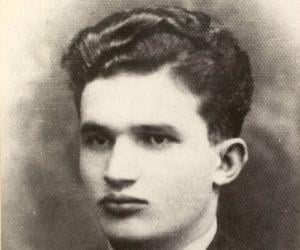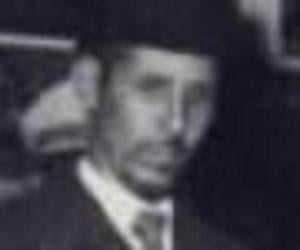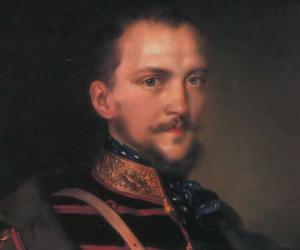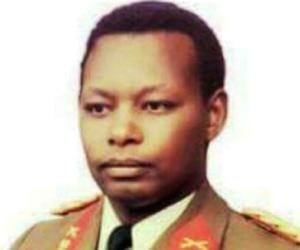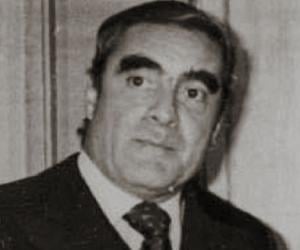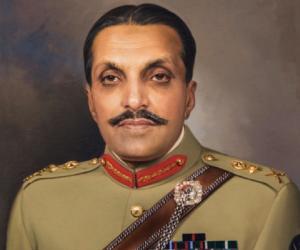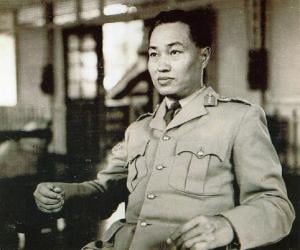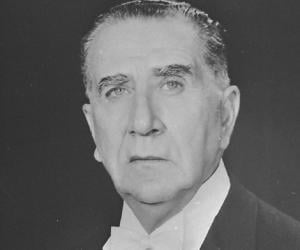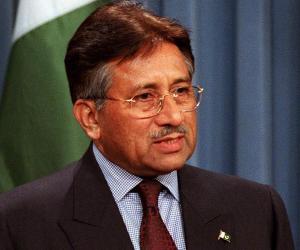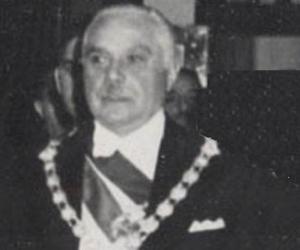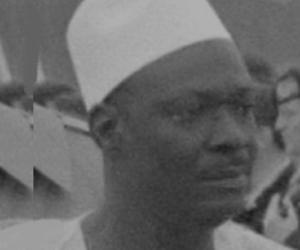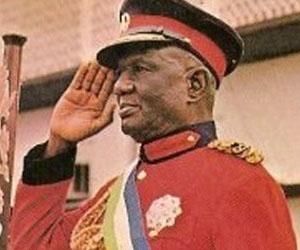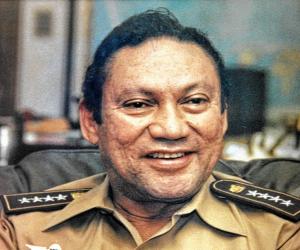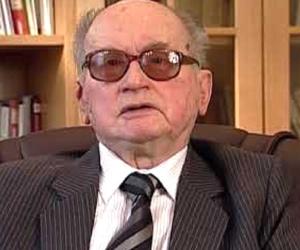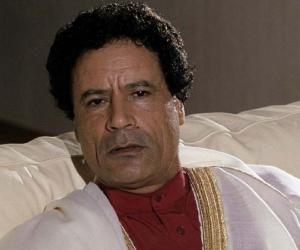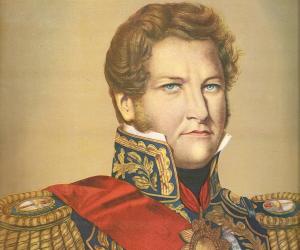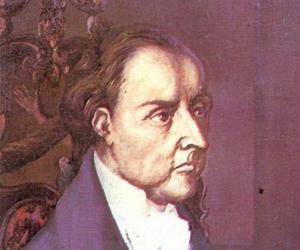Childhood & Early Life
Nicolae Ceaușescu was born on 26 January 1918 in the village of Scornicești, Olt County. His father, Andruță Ceaușescu was a farmer who also worked as a tailor in his spare time to supplement his income; he was also an abusive alcoholic. Nicolae was one of the ten children in his family.
He received his primary education from the village school where he studied until he was 11. Tired of his abusive father, he ran away from home and went to live with his sister.
As a teenager, he became an apprentice shoemaker in the workshop of Alexandru Săndulescu. His master was an active member in the Communist Party which was then illegal. Soon Ceaușescu too became involved in the activities of the Communist Party which he joined in 1932.
Career
His involvement in the party’s activities increased manifold over the years and by the mid-1930s he had been arrested numerous times and had participated in missions in Bucharest, Craiova, Câmpulung, and Râmnicu Vâlcea.
By this time he was named “a dangerous Communist agitator” and “distributor of Communist and antifascist propaganda materials” and was convicted by the Brașov Tribunal to two years in prison, an additional six months for contempt of court, and one year of forced residence in Scornicești in 1936.
He was released in 1940 though he was arrested again and sentenced for “conspiracy against social order”. After spending time in prisons at Jilava, and Văcărești, he was transferred to Târgu Jiu internment camp where he shared a cell with Gheorghe Gheorghiu-Dej, a well-known communist activist who took Nicolae Ceaușescu as his protégé.
He served as the secretary of the Union of Communist Youth in 1944–45 after the World War II.
In 1947, Gheorghiu-Dej and Prime Minister Petru Groza forced King Michael to abdicate, and Gheorghiu-Dej seized power in Romania. He appointed Ceaușescu as the head of the ministry of agriculture.
Being a trusted associate of the leader, he was promoted to the post of a major-general and he became the deputy minister of the armed forces under the Gheorghiu-Dej regime.
He became a member of the Central Committee in 1952, again at the behest of his mentor. By 1954 he became a full member of the Politburo and eventually rose to occupy the second-highest position in the party hierarchy, holding important posts in the Politburo and the Secretariat.
Gheorghiu-Dej died on 19 March 1965, leading to internal conflicts within the Politburo regarding the succession to leadership. Three days after Gheorghiu-Dej’s death, Nicolae Ceaușescu was elected General Secretary of the Romanian Communist Party.
Upon assuming power he declared the country a socialist republic rather than a people’s republic. Within two years, he consolidated his power and became the President of the State Council, thereby becoming the de jure head of state.
Initially he became popular for openly challenging the dominance of the Soviet Union over Romania and for his independent foreign policy. He eased press censorship and ended Romania’s active participation in the Warsaw Pact.
In 1974, he elevated the presidency of the State Council to a full-fledged executive presidency, thus creating the office of President. First elected to this post in 1974, he would be reelected every five years until 1989.
During the 1980s his popularity began to wane as he became increasingly dictatorial and implemented policies that severely restricted the personal freedom of the people. His export policies led to domestic shortages of basic necessities like food, medicines, and fuel and the living conditions of the Romanians declined considerably.
Soon the citizens began to rebel against his repressive regime, giving rise to the Romanian Revolution in 1989. The violent revolution finally succeeded in overthrowing his government in December the same year.
Personal Life & Legacy
He met Elena Petrescu in 1940 and was immediately attracted to her. She too reciprocated his feelings but their relationship was interrupted by Ceaușescu’s frequent stints in prison. The couple ultimately got married in 1946 and had three children. Elena would play a significant role in her husband’s political life and the two would remain deeply in love till the very end.
After the collapse of his regime, Nicolae Ceaușescu and his wife Elena fled the capital with Emil Bobu and Manea Mănescu in a helicopter. But they were captured and tried before a kangaroo court convened on orders of the National Salvation Front, Romania’s provisional government. Both Nicolae and Elena were sentenced to death and were executed by a gathering of soldiers on 25 December 1989.
Facts About Nicolae Ceaușescu
Nicolae Ceaușescu was known for his love of animals and had a special affinity for birds. He was particularly fond of canaries and would often spend hours watching them in his aviary.
He valued education and intellectual pursuits, and was known to engage in thoughtful discussions with writers and intellectuals.
Despite his authoritarian rule, Ceaușescu was also known for his nationalist policies that sought to promote Romanian culture and heritage.
He implemented initiatives to preserve historic buildings and promote traditional arts and crafts.
Ceaușescu had a passion for gardening and was actively involved in the landscaping of public spaces in Romania.
He oversaw the planting of thousands of trees and flowers, contributing to the beautification of urban areas.
In addition to his political career, Ceaușescu was also a skilled orator and was known for his powerful and charismatic speeches.


